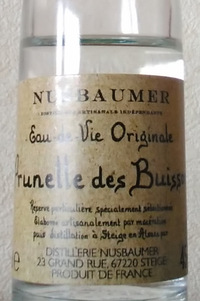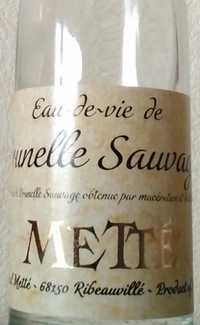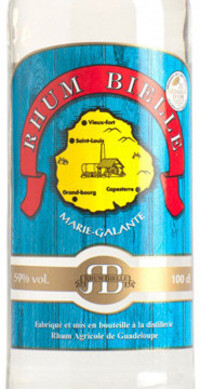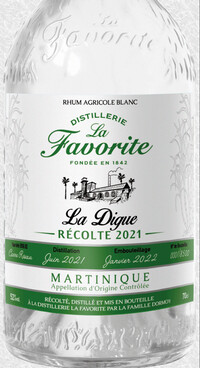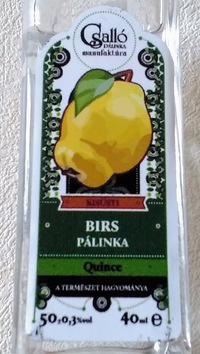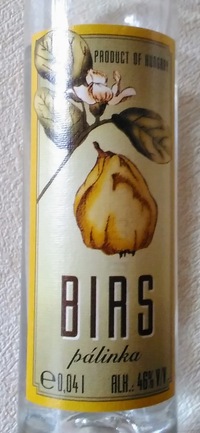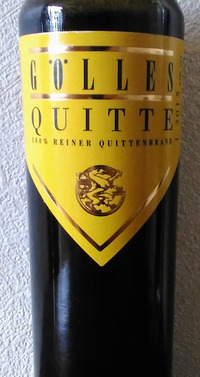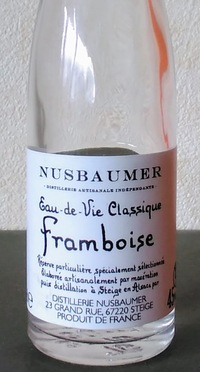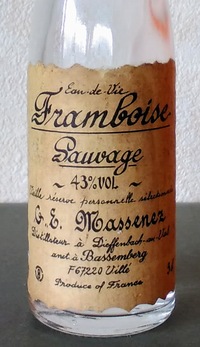Hungary's Sour Cherries
January 27, 2024
Let's keep testing our hypothesis that relatively unpalatable fruits make some of the best eaux de vie. This time, four pálinka from Hungary's local meggy, a variety of sour cherry. Tasted semiblind.
Csalló (Veszprém, Hungary) – Meggy (Sour Cherry), L. 1506061017, 50%
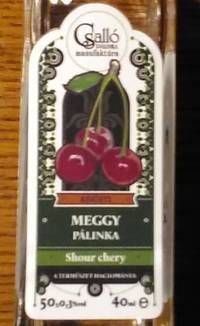
We didn't love Csalló's plum or quince, but we do appreciate that they present their offerings at 50%.
Nose On the lighter side, it is somewhere between a melon boat (you know, sliced honeydew with an orange slice and glace cherries?) and cologne. Freshly cut green apples too. Nice enough. Little difference with water.
Palate Arrives slightly viscous, the fruit salad and cologne theme continues, becoming slightly chalky or dusty. A little heat. Medium finish. Again, not much difference with water.
Comments My favourite offering so far from Csalló, a tad simple but at least it did not have the bitterness of the plum or quince.
Price around €38 per 50cl.
Score?5/10
Szicsek (Jász-Nagykun-Szolnok, Hungary) – Cigánymeggy (Sour Cherry), c. 2022, 44%
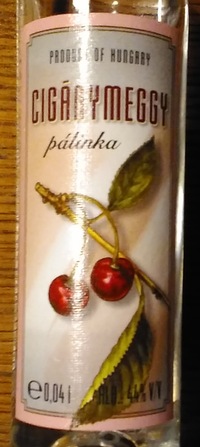
For unfathomable reasons, Szicsek don't promote their brand on their front labels.
Nose A fuller nose here, with menthol cherry lozenges and a sweeter side with maraschino cherry and overripe oranges. Quite medicinal, ointments? It takes a little water.
Palate Very nice here, full, grippy but without roughness. Menthol, ointments, propolis, blood oranges... this is rather interesting and quite nice. I don't really find cherry at all, sour or otherwise, but that is no problem. Medium long finish, remaining rather medicinal.
Comments Even though we are not proponents of 'higher proof = better', I'm still surprised this not the 50%er, being rather fuller on the nose and palate than the others. I had this on 6 at first, but that bit of propolis really does it for me. Once again, Szicsek are today's standout, great value too.
Price around €26 per 50cl.
Score?7/10
Bestillo (Borsod-Abaúj-Zemplén, Hungary) – Cigánymeggy (Sour Cherry), L201210156, 40%
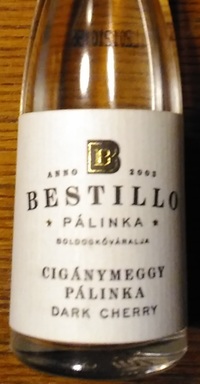
It says dark cherry, but we have checked that these are sour.
Nose Certainly on the sour side of things, both sour cherry and lemon, with some greek yoghurt. Hint of rubber? Almonds, and lemon drizzle cake. Not too expressive, but nice enough.
Palate Similar story here - smooth for a moment, then a little ethanol, cherry maoam candies, lemon, pasta di mandorle. Quite light and high toned overall. Not much development or length, and water is not beneficial.
Comments I like the zesty nose, but I find the palate a bit flat.
Price around €45 per 70cl.
Score?4/10
Schiszler (Bács-Kiskun, Hungary) – Meggy (Sour Cherry), c. 2019, 42%

Not a fan of this branding, which has some suggestion of "premium vodka". I notice pineapple distillate in Schizler's portfolio though, which is rather intriguing.
Nose Slightly sweeter here, more on black cherry yoghurt and a touch of almond. Also quite simple, but nice enough nosing.
Palate More rustic than the nose, some earthiness and heat up front, dark cherries buried in mud then some sour cherry in both its pleasant and unpleasant aspects. Medium finish, chewing on the pits. Also not much change with water.
Comments You have to like a bit of earth. Marginally prefer this to [the Bestillo], but it doesn't quite rise to a 5.
Price around €18 per 35cl.
Score?4/10
